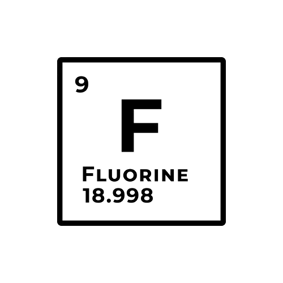In material development, compliance must always be front of mind. Currently, manufacturers are facing the broadest restrictions in Europe under REACH. The potential restriction of the use of fluoropolymers containing per- and polyfluoroalkyl substances (PFAS) by the European Chemical Agency (ECHA) could mean a large number of compounds used within the mobility sector no longer comply with regulations. Some components that use PFAS compounds are considered to be irreplaceable within the mobility sector, particularly in high temperature applications.

Datwyler is working closely with its customers ahead of any confirmation of the regulations. We aim to ascertain whether it is possible to remove PFAS from the composition in order to offer customers PFAS-free solutions. Our expertise in solution design, our material expertise and our commitment to operational excellence will enable us to develop a new manufacturing process to accommodate this if removal is possible. Whether there will be a blanket ban on fluoropolymers altogether remains unclear. Here it is important to make a distinction between monomeric and polymeric PFAS. Within
monomeric PFAS the molecules are very small and can therefore easily be released into the environment where they have an adverse effect. Firefighting foam is one example of its use and how these molecules are released, and the ban would lead to a reduction in these forever chemicals entering the environment.
Polymeric PFAS, on the other hand, do not show any known environmental or health
implications. This composition comprises long macromolecules that are very difficult to
release into the environment due to their length and also the fact they are physically and
chemically interconnected in the mass of the material. The current definition of PFAS from
the ECHA does not distinguish between the two presentations. As a result of this, it is important to highlight the differences and the impact their ban may have on the future of more sustainable mobility solutions. Electric vehicles use fluoropolymers extensively within battery assemblies and cells themselves. They are also present in electrolyzers and fuel cell applications for hydrogen solutions. To mitigate the risks associated with any restrictions on monomeric PFAS that may be put in place, we are conducting extensive testing in collaboration with raw material suppliers to ensure continuity for our customers without compromises.
Advancing towards a sustainable future
Whether we're exploring renewable alternatives or creating materials that reduce waste by
reusing certain compounds, we must consider the balance carefully when developing solutions that have a positive impact on the environment. Just as with phasing out monomeric PFAS in firefighting foams, it is crucial to thoroughly assess the impact of any changes or amendments in the mobility sector to ensure a viable alternative can be implemented. Prioritizing the safety, durability, and functionality of components is essential. Additionally, ensuring compliance with customer specifications, industry standards, and international regulations is imperative. The knowledge we gained from data analysis and testing processes will be invaluable as the industry strives for greater sustainability. Our ongoing focus on introducing more environmentally friendly materials into our solutions will mitigate the risk a ban represents for our customers. This knowledge will be even more effective when all key stakeholders collaborate closely, both now and in the future.